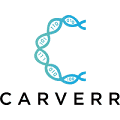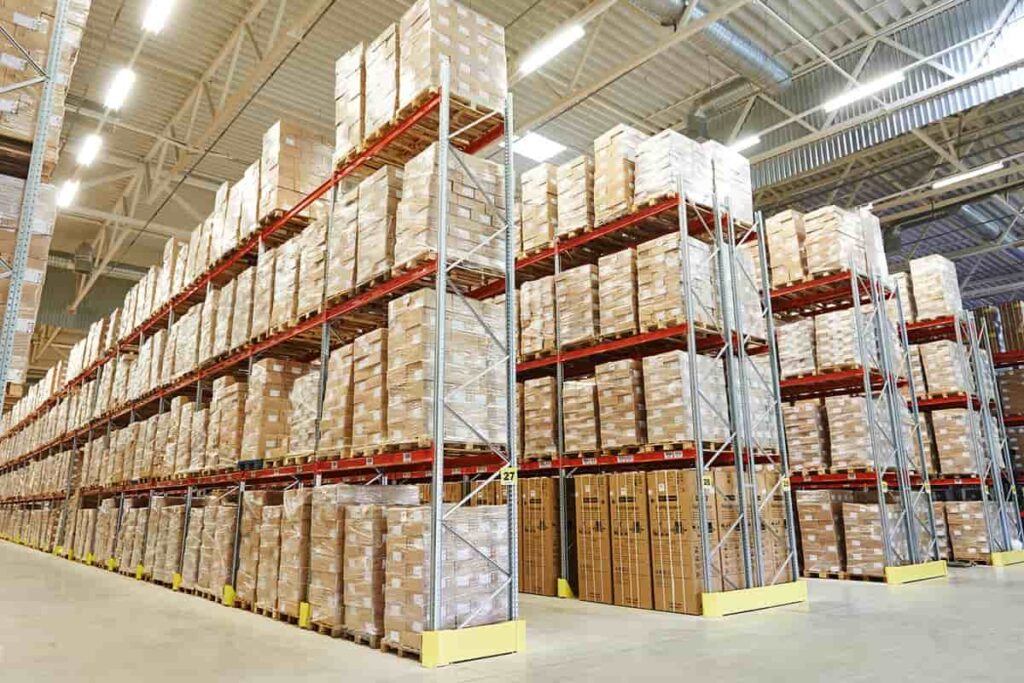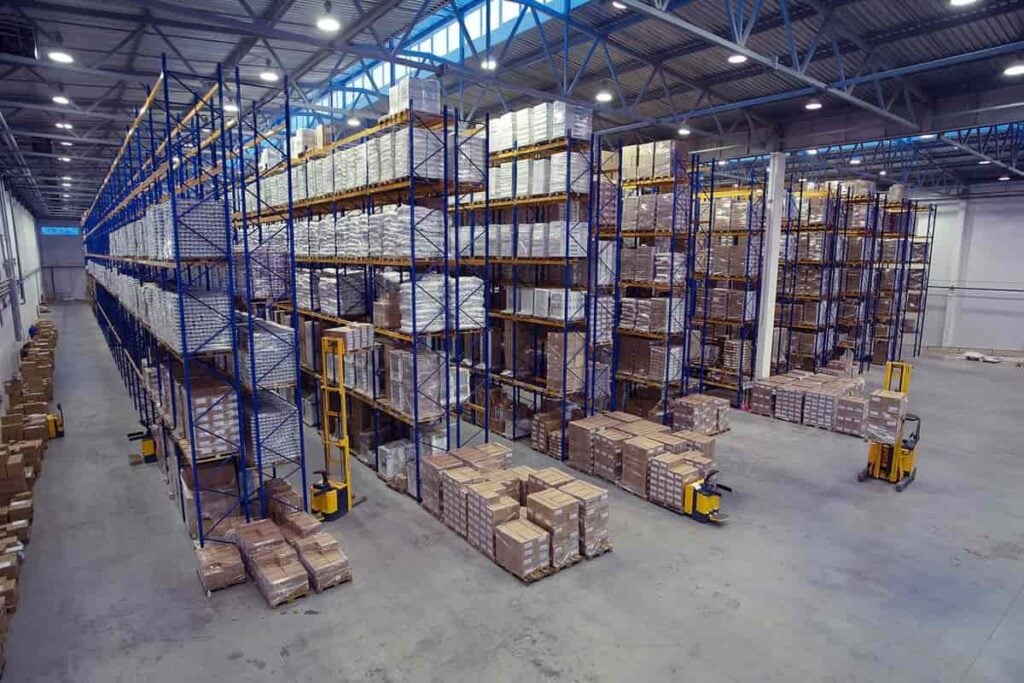7 Tracking Technologies for Supply Chain Transparency
Table of contents
Table of contents

On our first road trip to San Francisco we headed straight to Haight-Ashbury, the birthplace of 1960s counterculture and one of the most iconic landmarks in the city. We were hoping to score some LSD, and within about five minutes of arriving at the famed intersection we bought a sheet of acid from the first hippy we could find. And, just in case, we also scored psychedelics from a Rastafarian dude a couple of blocks away. Tabs on tongue, we went to explore the Bay Area. An hour passed, then two. Nothing. We tried the second batch with a similar lack of results. Bunk. We had been fooled and schooled in the art of fraud and counterfeiting.
Cost of Counterfeit, Fraud, and Economic Adulteration
Of course, it’s not just illicit drugs where criminals are ripping off people. A report a couple of years ago pegged the cost of counterfeit goods to the U.S. economy between $29 billion and $41 billion. Add maybe another $40 billion for food fraud. Globally, fake goods are estimated to be a half-billion-dollar industry. So there’s some pretty good economic incentive for companies to fraud-proof their supply chains. Many are turning to embedding new types of technology – from DNA to diamonds – into their products to ensure identity and to track items from seed to shelf to improve supply chain transparency.
Nanotechnology to Prevent Fraud
Some years ago we covered a Canadian company called Nanotech Security Corporation (NTS), which uses “nano-optic visual authentication technology” based on the light properties of a Blue Morpho butterfly’s wings in an ingenious bit of biomimicry. The process reportedly involves drilling hundreds of nano-holes into different materials with electron and ion beam technology to produce anti-counterfeiting images that Nanotech says are better than holograms or fake sheets of LSD. Its products are used in both currency and product brands.

While it sounds cool and potentially profitable, Nanotech reported revenue of only $6.4 million for its most recent fiscal year, representing a -22% decrease from the year before. Its market cap is about half of where it was in 2015 when we first profiled Nanotech. So enough about them. Let’s talk about some of the latest technologies being used to fingerprint products against fraudsters, starting with a different type of nano-based technology.
Diamonds are for Supply Chain Transparency

Computer Vision for Supply Chain Security


The identity of the registered item can then be confirmed with something as simple as a smartphone. In one reported experiment, Alitheon washed $100 bills in bleach but its computer vision system was still able to single out each bill by recognizing unique features on the fiber.
DNA for Tagging and Tracking Stuff

DNA Solutions for Cannabis and Cancer
Another company that uses DNA for authenticating and tracking products through the textiles supply chain, among other industries, is Stony Brook, New York-based Applied DNA Sciences (APDN), a publicly traded company that has lost about 96% of its share value in the last five years. During the most recent fiscal year, Applied DNA Sciences reported a 38% jump in revenue from the previous year, from $3.9 million to $5.4 million. But don’t confuse better revenue for profit: The company lost $8.6 million for the 12 months that ended on Sept. 30, which was a 26% improvement from the prior year, when it ended with $11.7 million in the red. Applied DNA Sciences did manage to regain compliance to remain on the NASDAQ last month following the sale of $12 million in common stock in October.

The company is trying, as it has added cannabis to the markets it is pursuing with its DNA tagging and tracking platform. Applied DNA Sciences is also leveraging its DNA manufacturing platform for biotechnology. Specifically, it is focused on diagnostics for invasive circulating tumor cells by identifying mutant DNA from cancerous tumors that circulate through the bloodstream. We covered this technology way, way back in 2015 with companies like Sysmex and RainDance Technologies, so Applied DNA has plenty of competition here as well, though it recently announced that it has more than a dozen projects in the works.
Molecular Markers for Food Supply Chains
Molecular markers are also being used to track food from the farm to the table.
IdentiGEN out of Dublin, Ireland has been around since 1996, but only started raising money in 2005, taking in a total of $15.4 million in capital. The company has developed a proprietary process to trace meat or fish back to the individual animal, a technology born out of the mad cow disease crisis in the year the company was founded, according to AgFunder News. The infamous horsemeat scandal in 2013 brought the company some amount of attention, and in 2017, it got a $20 million contract from a Swiss co-op to verify the provenance its meat. The platform, DNA TraceBack, goes beyond simple authentication, as IdentiGEN combines its genetics data with predictive analytics to determine which animals have the potential to generate the best quality meat. We wonder if they know the Irish company doing facial recognition to track cow health.

Conclusion
Who knew there were so many ways of tagging and tracking products for supply chain transparency? Many of the solutions here either explicitly or implicitly employ blockchain as part of the authentication process, which is probably one reason why we’ve seen so many blockchain startups emerge in the last few years. However, locking down supply chains isn’t just about ensuring food security, protecting intellectual property rights, or disrupting counterfeits of Chanel handbags. Consumers are also increasingly interested in sustainability and fairy tales engaging narratives about ethically sourced products. These tracking solutions, combined with other technologies like IoT inventory systems, can help companies manage their supply chains at resolutions never before possible so no one ever has to buy bunk LSD ever again.
Sign up to our newsletter to get more of our great research delivered straight to your inbox!
Nanalyze Weekly includes useful insights written by our team of underpaid MBAs, research on new disruptive technology stocks flying under the radar, and summaries of our recent research. Always 100% free.














